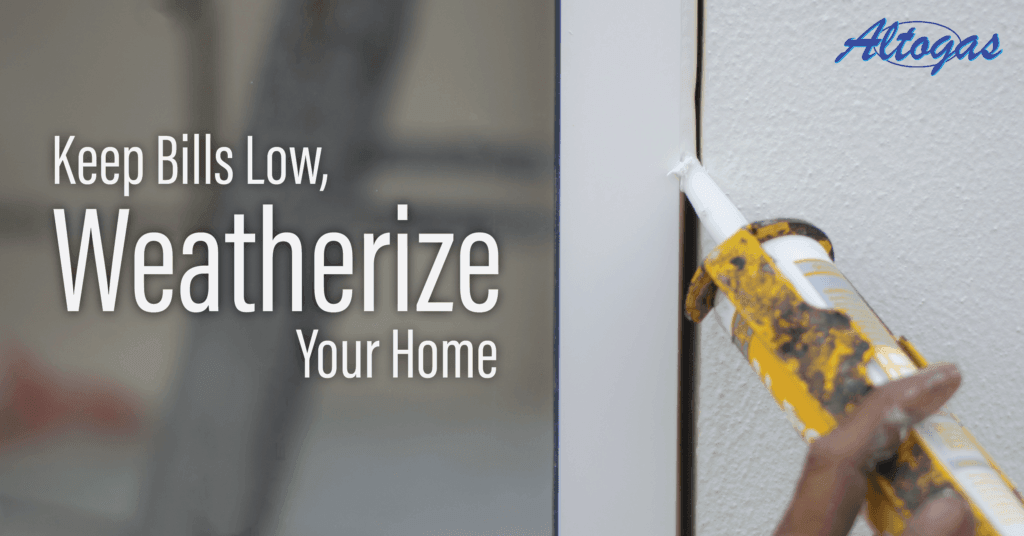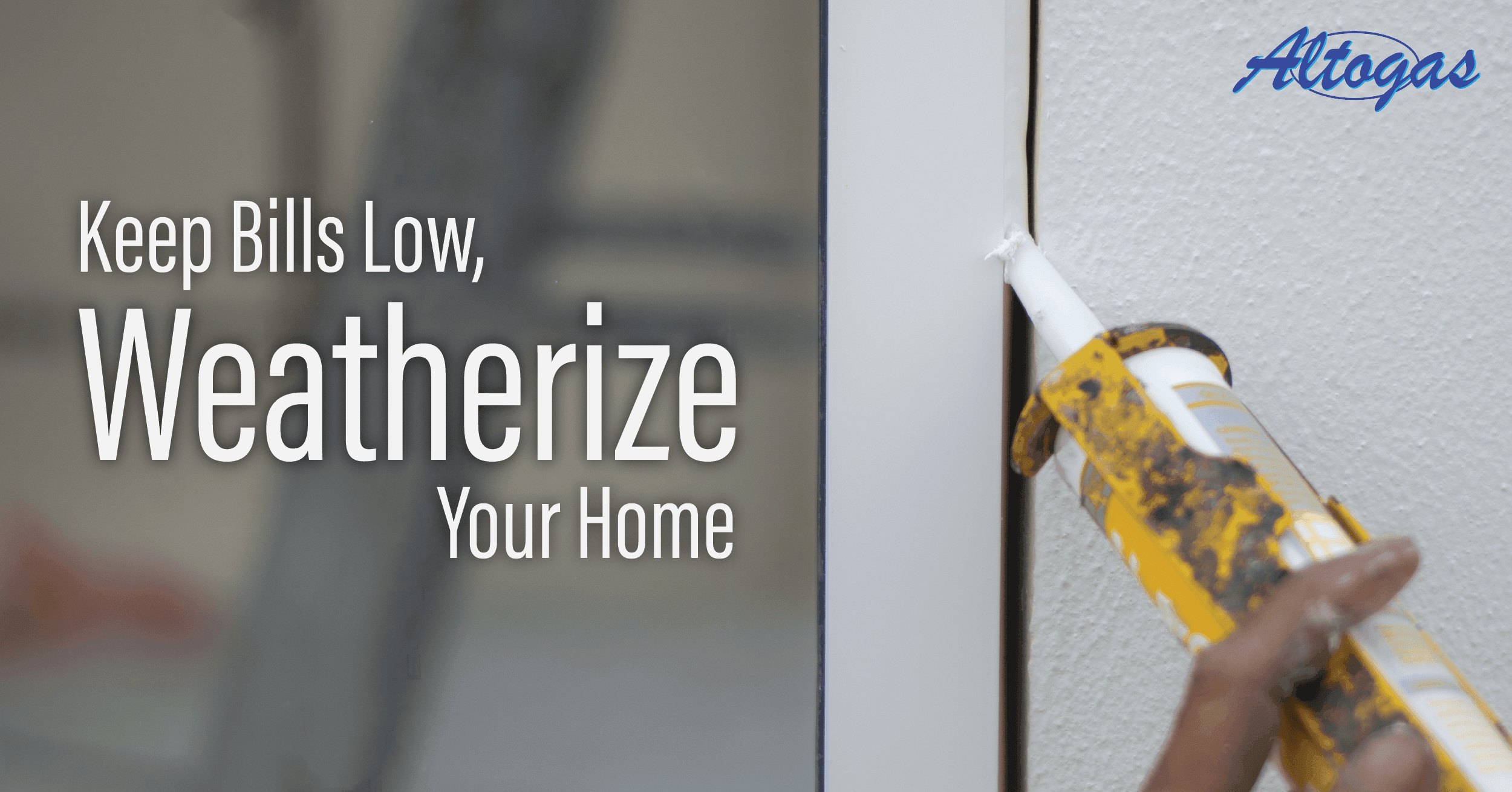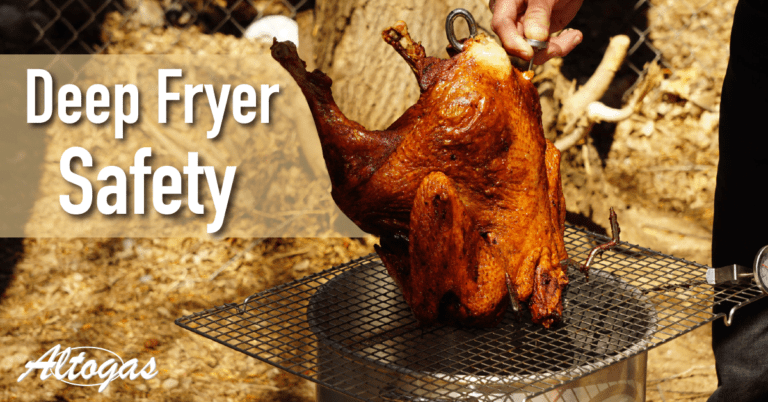
Weatherize Your Home
Source: heatingmyhome.org/weatherize.html
Caulk
Caulk, a versatile sealant, typically comes in silicone form and is often applied around bathtubs, pipes, and plumbing fixtures. However, it also works well for sealing drafts around leaky windows and doors. Like paint, caulk is available in safe, nontoxic varieties. Two eco-friendly, commercially available options include the OSI Green Series of sealants and the AFM Safecoat Caulking Compound.
Window shrink-wrap
Window shrink-wrap provides an easy, affordable way to keep warm air in and cold air out during the winter. While it may not offer the most attractive look, this plastic film solution is one of the most temporary and renter-friendly methods for reducing heating bills. (Drafty windows can increase your energy costs by up to 30 percent.)
You can find window insulation kits—often called shrink-wrap kits—at most home improvement stores. These kits usually include plastic film sheets and strong double-sided tape. Reputable brands like 3M offer reliable options. To install, you’ll need a box cutter and a hair dryer to smooth out wrinkles and improve transparency.
Foam outlet gaskets
With so much ado about proper home insulation, it’s easy to forget that an electrical outlet is essentially a large hole punched in the wall. It requires some form of insulation, particularly on outside walls. Sealers made
Save Money, Weatherize Your Home
Start with Sealing Cracks —
It’s Inexpensive and Saves You Money!
Weatherizing your home, even a rental one, is easy and inexpensive. It will save you money on your monthly heating bills. Make your home cozy and warm by:
from fire-retardant foam — you can find them at home improvement stores — fit snugly between a wall and an outlet or light switch cover, and are effective at preventing unwanted drafts.
The installation of a foam outlet gasket is simple and only requires a screwdriver: turn the power off, unscrew the outlet cover/switch plate, apply sealer as directed, replace the cover/switch plate, and you’re done. If you’ve installed gaskets around unused outlets and still notice a chill, use plastic child safety plugs as an alternative.
Flue Damper
Keep the flue damper tightly closed whenever your fireplace is not in use. A chimney is designed to let smoke escape when open. However, if left open, it will allow warm indoor air to escape continuously—wasting energy and increasing heating costs.
Attic stair covers
Attic stair covers are essentially well-insulated lids or boxes designed to keep cold air out in the winter and hot air in the summer, thereby maintaining a comfortable temperature in the attic. They can be purchased or constructed yourself, if you’re so inclined. Prices for store-bought attic stair covers vary. Prices can range from $42 to $200, depending on the quality.
Draft stoppers
Draft stoppers, also known as draft dodgers and door snakes, are tube-shaped objects of various lengths made from fabric (often excess/scrap fabric) and filled with some insulating stuffing. You’ll most often find them placed against the bottom of closed doors or on window ledges to block winter drafts from entering a room. Additionally, they come in handy when sealing off garages, basements, attics, and unoccupied rooms.
Chimney balloons
The Chimney Balloon, a reusable and durable draft stopper — a “pillow” of sorts — is designed to be inserted and then fully inflated inside a chimney. The Chimney Balloon comes in various sizes (be sure to measure before investing) and fits snugly above or beneath the fireplace’s damper or louvre, the metal flapper device that you open and close each time you start and finish a fire. Dampers are designed to prevent heat loss, but with age, their ability to stop a fireplace’s “open window effect” is weakened.
Water heater blankets
With water heating accounting for as much as 25 percent of home energy bills, every little bit of insulation assistance helps. According to Energy Savers, wrapping a poorly insulated water heater in a blanket can reduce standby losses by 25 to 45 percent, translating to 4 to 9 percent savings on heating bills.
Water heater blankets are generally inexpensive, ranging from $20 to $30, but can become more costly if they offer more significant insulation. Energy Savers offers a handy-dandy installation guide for electric water heaters, but be sure to follow the instructions provided with the one you purchase.




